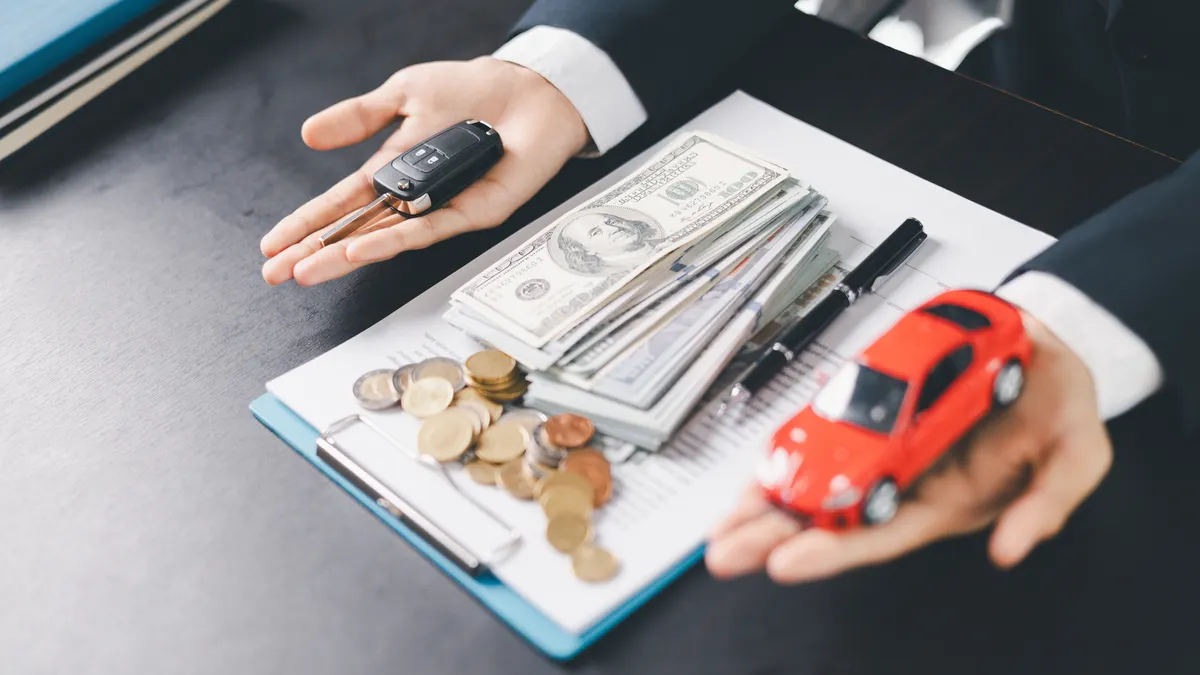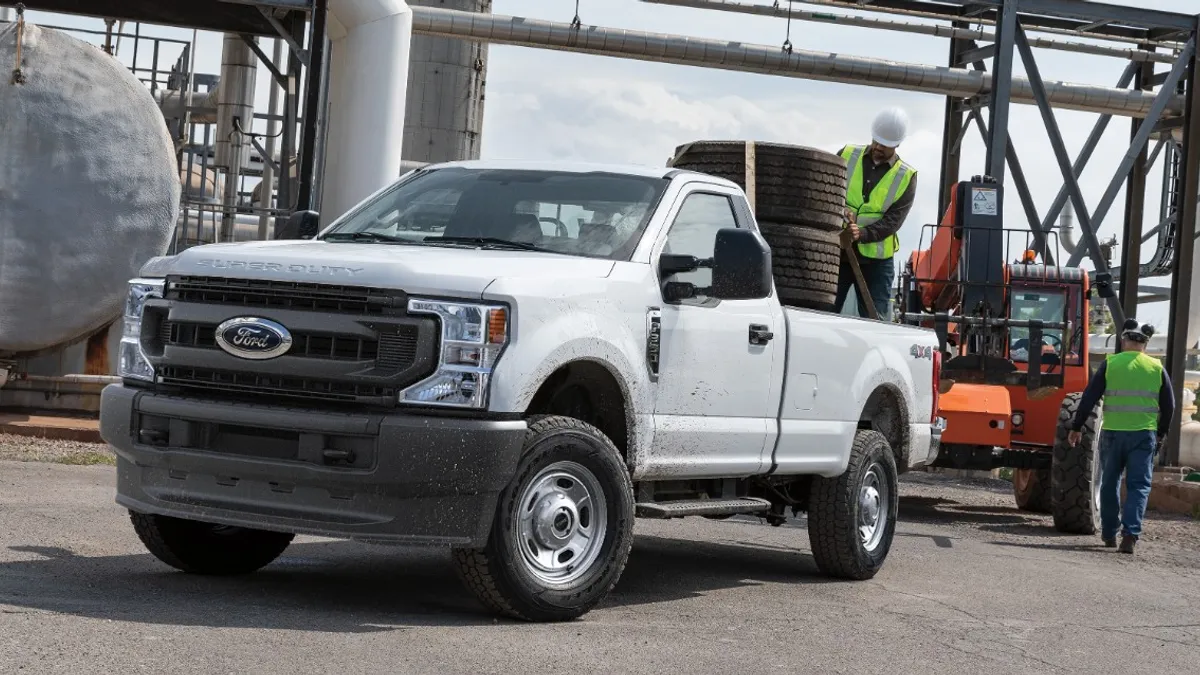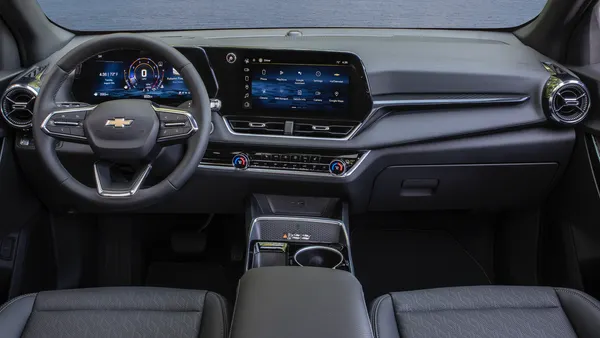An increasing share of U.S. car owners owe more on their auto loans than their vehicles are worth, according to a new report from Edmunds analyzing Q2 2025 data.
The analysis finds that 26.6% of new vehicle trade-ins in Q2 had negative equity — the highest share since Q1 2021, when 31.9% of trade-ins were underwater during the pandemic.
The share of trade-ins with negative equity has steadily increased since 2022, as has the average amount of negative equity owed, according to Edmunds. In 2025, the average amount of equity owed reached $6,754, over a 50% increase from 2022. In addition, nearly one-third (32.6%) of upside-down trade-ins had between $5,000 and $10,000 in negative equity.
What’s more, this rise has occurred even as buyers are holding onto their vehicles longer: The average age of a trade-in vehicle increased from 3.2 years in 2022 to 3.8 years in 2025.
"Consumers being underwater on their car loans isn't a new trend, but the stakes are higher than ever in today's financial landscape," Ivan Drury, Edmunds' director of insights, said in a statement.
Drury said that worsening affordability challenges, such as higher car prices and rising interest rates, were “compounding the negative effects of decisions like trading in too early or rolling debt into a new loan.” He also cautioned: “With a growing share of upside-down owners thousands of dollars in the red, many are at risk of getting stuck in a cycle of debt that only grows harder to break over time."
Despite the rising debt burden, the share of new vehicles purchased with a trade-in has held relatively steady, Edmunds found, suggesting that increasing negative equity has not dissuaded buyers from relying on trade-ins when purchasing new vehicles.
But drivers who rolled negative equity into new vehicle purchases are facing record costs. According to Edmunds, these buyers had an average monthly payment of $915 in Q2 — the highest on record for such buyers and 21% more than the overall average of $756.












